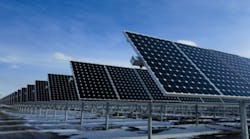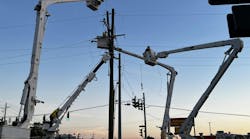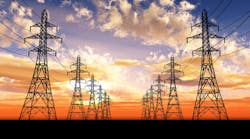Some 2014 IEEE PES Transmission & Distribution Conference attendees will participate in technical tours of various industrial facilities. Technical tours have been offered at most IEEE PES T&D Conferences, as the host utility makes arrangements with local facilities for in-depth excursions.
On Tuesday, April 15, a group will depart McCormick Place to tour Exelon City Solar. Situated on 41 acres of former industrial “brownfield” property that has been vacant for more than 30 years, the site is now remediated and restored to productive use. 32,292 solar PV panels convert the sun’s rays into clean electricity with zero carbon emissions and generates more than 14,000 MWh of electricity per year – enough to meet the needs of 1,500 homes. the site uses SunPower Tracker technology, which rotates the panels to follow the sun’s path across the sky to maximize panel productivity.
Tourists will also see the Wallace “Smart Substation” located in the Auburn-Gresham neighborhood on Chicago’s South Side. The substation uses state-of-the-art technology to reduce the frequency and duration of power outages. It improves ComEd’s ability to monitor the electrical system and respond quickly to potential issues, rather than reacting to problems after they occur. The Wallace smart substation is equipped with sensors that can help prevent power outages by analyzing up to 1,500 pieces of information every two seconds and can alert ComEd system operators when, or even before, problems arise. The Wallace facility is the first substation to be transformed into a smart substation under the Smart Grid law enacted by the Illinois General Assembly in 2011. ComEd will transform 10 substations into smart substations over the next five years.
Features of the facility include: An “Intelligent Substation Dashboard” that provides information on the overall health of the substation components and communicates directly to ComEd when something is wrong. Digital technology makes it easier for ComEd to identify fault locations so that crews can be sent more quickly and directly to problem areas. Technology that will help both customer and ComEd maximize value of smart meters. Smart substations receive voltage data from meters, which enables ComEd to better monitor, manage and respond to system issues. This connectivity also allows ComEd to view historical trends related to energy use and system performance, which will help the company plan for and manage during periods of extreme heat.


